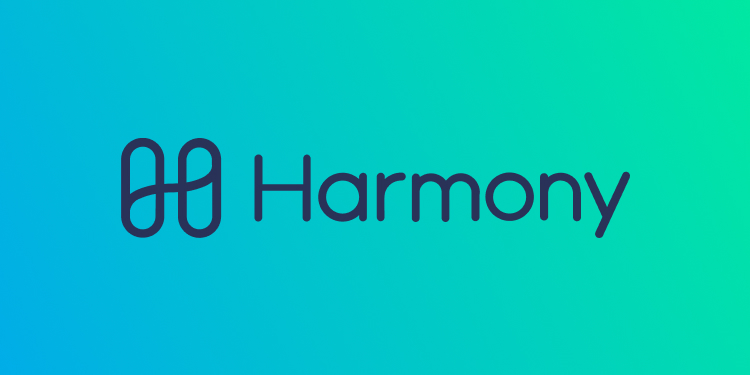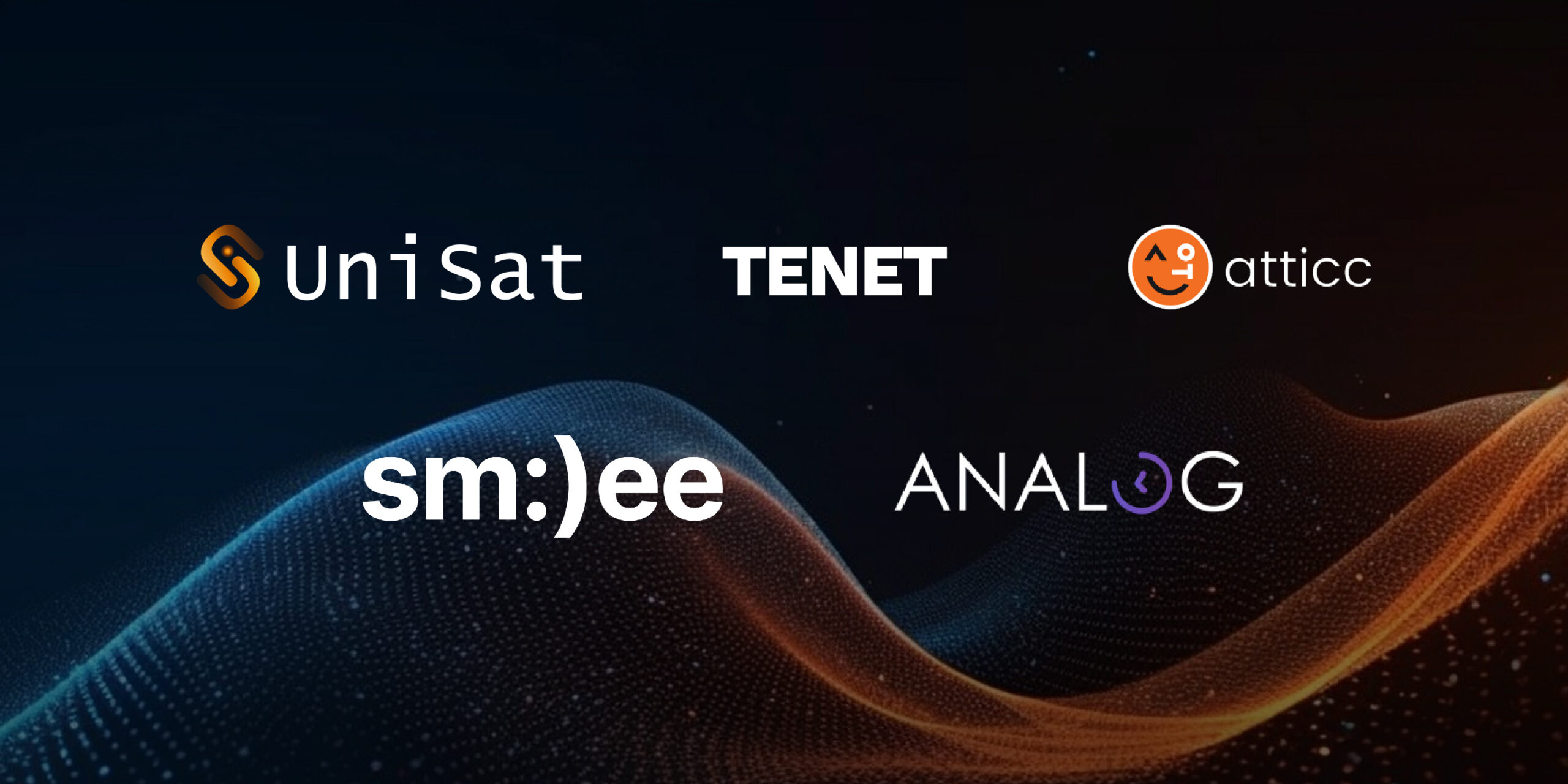Introduction
Harmony is an open-source EVM compatible blockchain that aims to revolutionize decentralized application development. With its state sharding technique, Harmony achieves fast transaction processing and scalability. This review evaluates Harmony’s innovation, architecture, code quality, product roadmap, usability, and team to provide an objective assessment of its technical capabilities.
Innovation
Harmony introduces several key innovations that set it apart from other blockchain projects:
Fully Scalable Architecture: Harmony’s sharding extends beyond network communication and transaction validation to encompass the blockchain state. This comprehensive approach enables scalability in network capacity, storage, and transaction processing.
Secure Random Sharding: Harmony implements a provably secure sharding process that defends against shard attacks. Validators are randomly assigned and shuffled among shards using a distributed randomness generation algorithm based on Verifiable Random Function (VRF) and Verifiable Delay Function (VDF). This ensures unbiased and unpredictable shard membership.
Efficient and Fast Consensus: Harmony adopts the Fast Byzantine Fault Tolerance (FBFT) consensus algorithm, built upon the well-established Practical Byzantine Fault Tolerance (PBFT) algorithm. With FBFT, Harmony can confirm blocks within just two seconds, achieving high efficiency and speed.
Effective Proof-of-Stake: Harmony’s Effective Proof-of-Stake (EPoS) mechanism addresses stake centralization concerns. Validators with a larger stake are incentivized to run more nodes, supporting the network’s stability. EPoS ensures the random and even distribution of stakes among shards, maintaining security across the entire network.
Asynchronous Cross-Shard Transactions: Harmony enables composability of assets between shards through its support for asynchronous cross-shard transactions. The design includes a receipt-based communication mechanism that prevents double-spending across shards.
Architecture
Harmony’s architecture demonstrates its commitment to processing speed and validation. By employing state sharding, Harmony significantly reduces node validation times. The mainnet currently supports a thousand nodes across four shards, generating new blocks every two seconds with finality. The sharding process, combined with the Verifiable Random Function (VRF) for shard membership, ensures secure and efficient block creation.
The architecture is well-documented and does not overly complicate the system. After deeper research, it is evident that the design choices align with the project’s goals. Overall, the architecture of Harmony’s blockchain demonstrates good design principles and scalability potential.
Code Quality
Harmony’s code quality receives high marks. The project is open source, allowing for transparency and community contributions. The codebase utilizes reliable programming languages such as C, C++, Rust, Erlang, Ruby, ensuring robustness and maintainability.
Reviewing the project’s GitHub repository reveals extensive lines of code, exceeding 10,000, demonstrating the project’s complexity and dedication to building a comprehensive blockchain solution. The commits per month also indicate an active development cycle.
The quality of the code is commendable, with outstanding comments and test coverage. The maintainability index is rated as good, indicating a well-structured and maintainable codebase. Harmony’s commitment to code quality ensures a solid foundation for the project’s long-term success.
Product Roadmap
While the provided information does not delve into the project’s specific product roadmap, Harmony’s overall performance and achievements indicate a positive trajectory. The project has demonstrated successful implementation of its sharding technique and consensus algorithm, resulting in fast block confirmation and secure transactions.
Harmony’s focus on scalability, security, and cross-shard transactions aligns with industry trends and user needs. Continued development and updates to address potential challenges will further solidify Harmony’s position as a competitive blockchain platform.
Usability
Harmony prioritizes usability for infrastructure projects, aiming to provide an easy-to-use experience for end customers. The project’s compatibility with the EVM and support for decentralized application development contribute to its usability.
With its state sharding technology, Harmony enables fast transaction processing and scalability, addressing critical pain points in blockchain adoption. The asynchronous cross-shard transactions facilitate the seamless composability of assets across shards, enhancing the usability of the platform.
Team
Harmony boasts a strong team of developers with a diverse background in Git. The presence of five or more active developers indicates a committed and well-staffed team. The team’s coding style is solid, reflecting their expertise in building blockchain solutions.
The team’s senior-level experience in distributed systems and consensus research, coupled with their commitment to maintaining a high-quality codebase, inspires confidence in the project’s technical capabilities.
Conclusion
Based on the objective evaluation of Harmony’s innovation, architecture, code quality, product roadmap, usability, and team, the project receives a tech score of 87.27%. Harmony’s state sharding technique, secure random sharding, efficient consensus algorithm, and effective Proof-of-Stake mechanism showcase its technical advancements.
The architecture demonstrates scalability and speed, while the code quality reflects a well-maintained and transparent project. Harmony’s usability focus and commitment to building a strong team further enhance its appeal.
With a clear roadmap and alignment with industry trends, Harmony is poised to continue making significant contributions to the blockchain ecosystem. Its technical achievements position it as a promising blockchain platform for decentralized application development.
| Initial Screening | |||
| Keep researching | |||
| Does this project need to use blockchain technology? | Yes | ||
| Can this project be realized? | Yes | ||
| Is there a viable use case for this project? | Yes | ||
| Is the project protected from commonly known attacks? | Yes | ||
| Are there no careless errors in the whitepaper? | Yes | ||
| Project Technology Score | |||
| Description | Scorecard | ||
| Innovation (Out Of 11) | 7 | ||
| How have similar projects performed? | Good | 2 | |
| Are there too many innovations? | Regular | 2 | |
| Percentage of crypto users that will use the project? | 1%-5% | 1 | |
| Is the project unique? | Yes | 2 | |
| Architecture (Out of 12) | 11 | ||
| Overall feeling after reading whitepaper? | Good | 2 | |
| Resistance to possible attacks? | Good | 2 | |
| Complexity of the architecture? | Not too Complex | 2 | |
| Time taken to understand the architecture? | 20-50 min | 1 | |
| Overall feeling about the architecture after deeper research? | Good | 4 | |
| Has the project been hacked? | No | 0 | |
| Code Quality (out of 15) | 14 | ||
| Is the project open source? | Yes | 2 | |
| Does the project use good code like C,C++, Rust, Erlang, Ruby, etc? | Yes | 2 | |
| Could the project use better programming languages? | No | 0 | |
| Github number of lines? | More than 10K | 1 | |
| Github commits per month? | More than 10 | 2 | |
| What is the quality of the code? | Good | 2 | |
| How well is the code commented? | Outstanding | 2 | |
| Overall quality of the test coverage? | Outstanding | 2 | |
| Overall quality of the maintainability index? | Good | 1 | |
| When Mainnet (out of 5) | 5 | ||
| When does the mainnet come out? | Mainnet Ready | 5 | |
| Usability for Infrastructure Projects (out of 5) | 5 | ||
| Is it easy to use for the end customer? | Yes | 5 | |
| Team (out of 7) | 6 | ||
| Number of active developers? | 5+ | 2 | |
| Developers average Git Background? | Senior | 2 | |
| Developers coding style? | Solid | 2 | |
| Total Score (out of 55) | 48 | ||
| Percentage Score | |||
| Innovation | 12.37% | ||
| Architecture | 20.00% | ||
| Code Quality | 25.45% | ||
| Mainnet | 9.09% | ||
| Usability | 9.09% | ||
| Team | 10.91% | ||
| Total | 87.27% |





